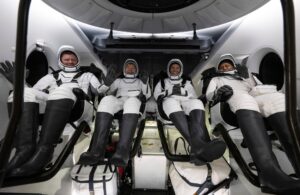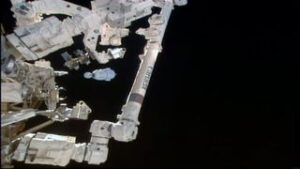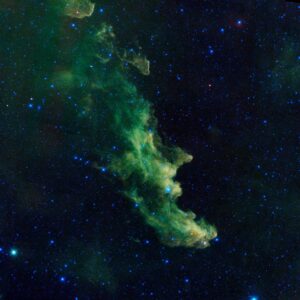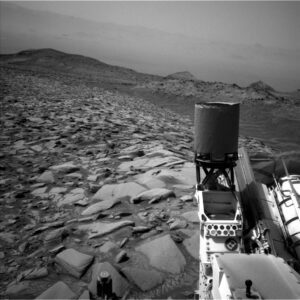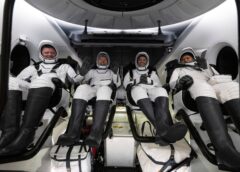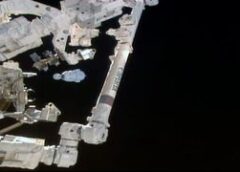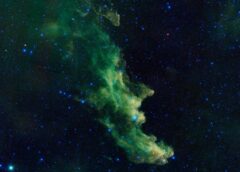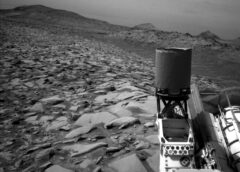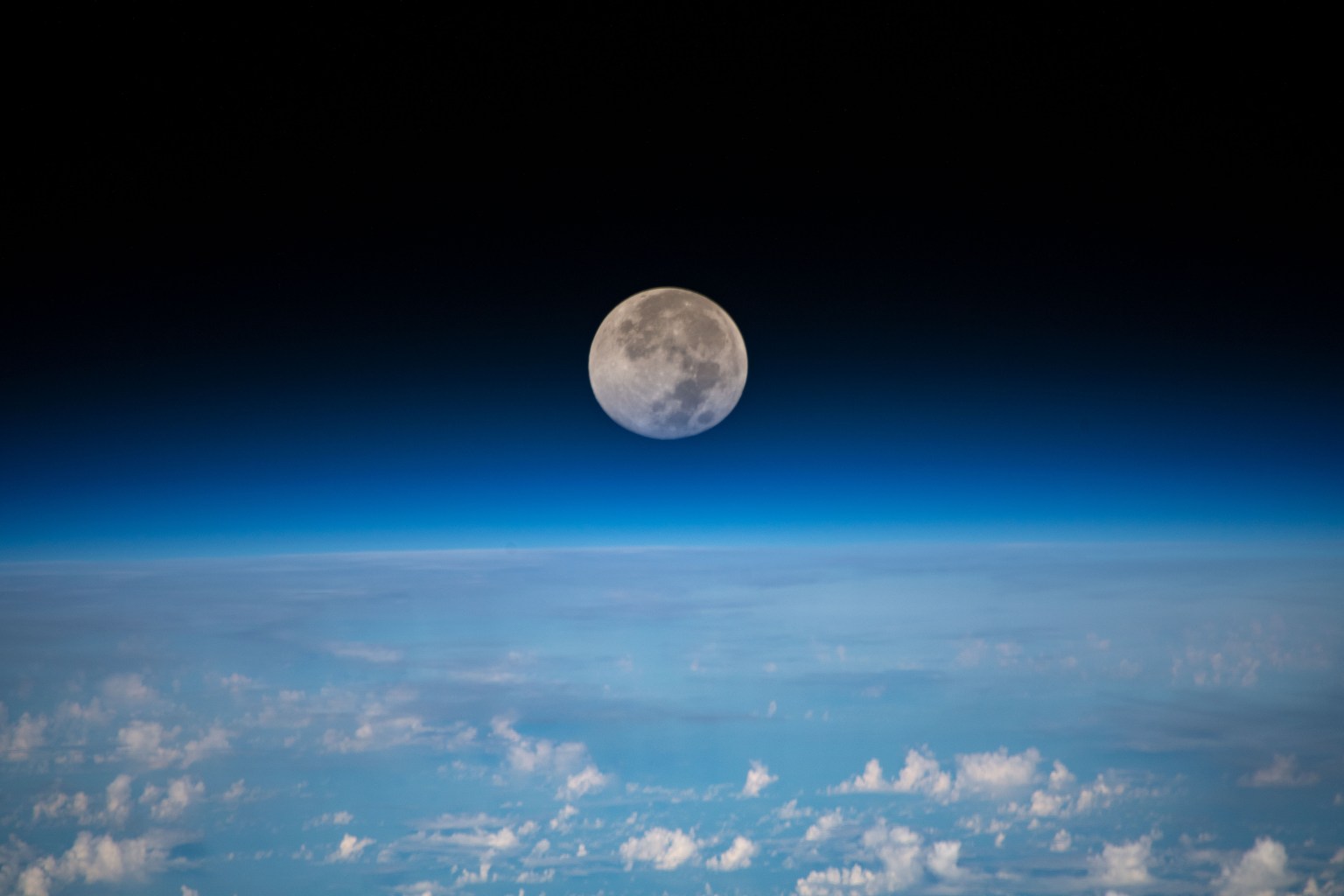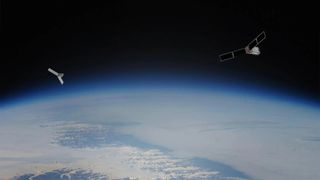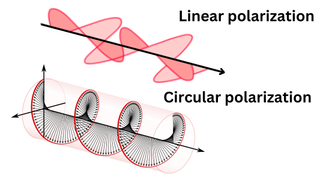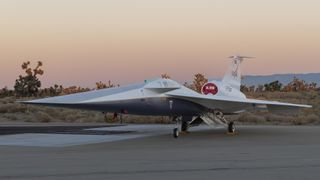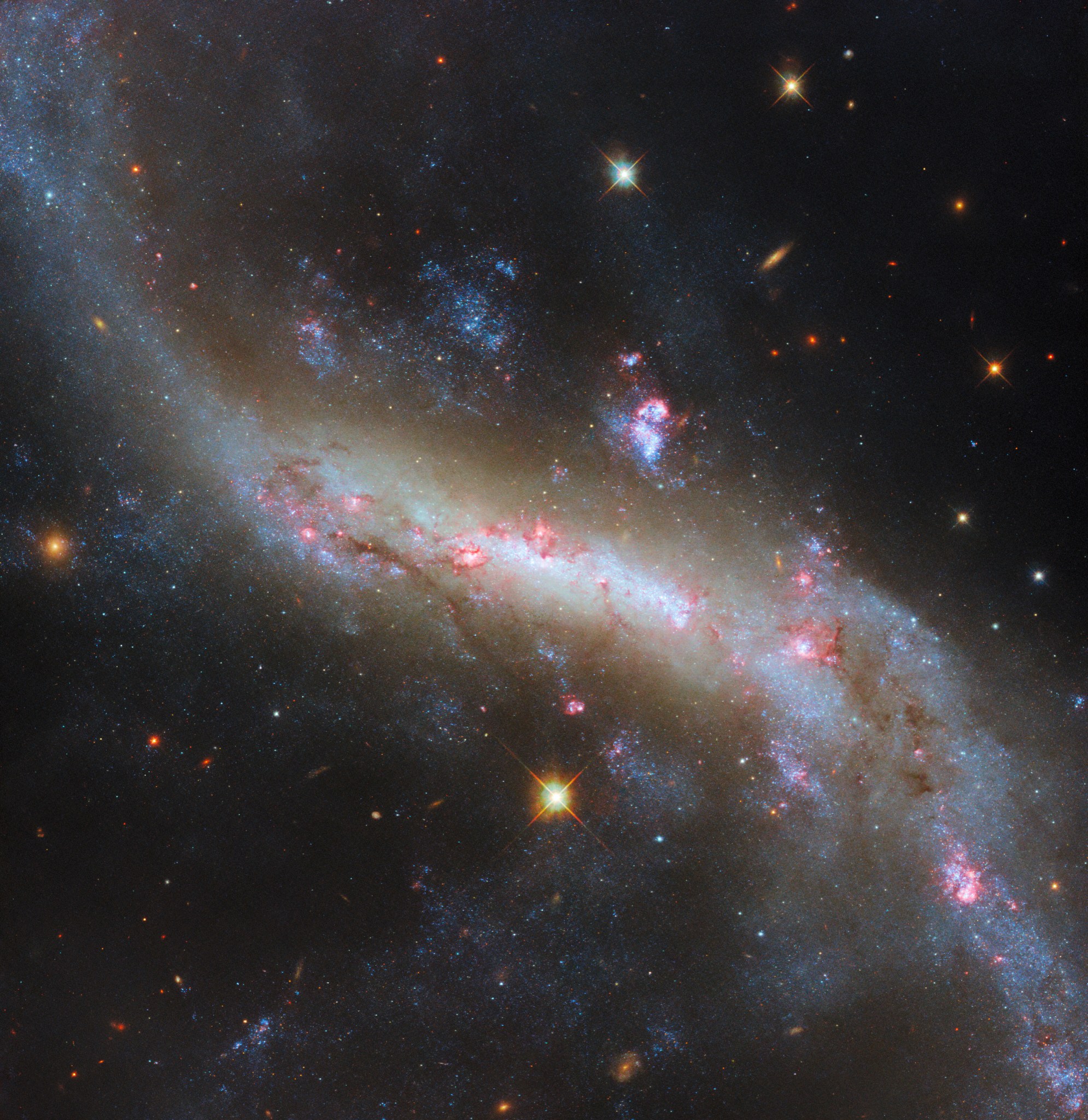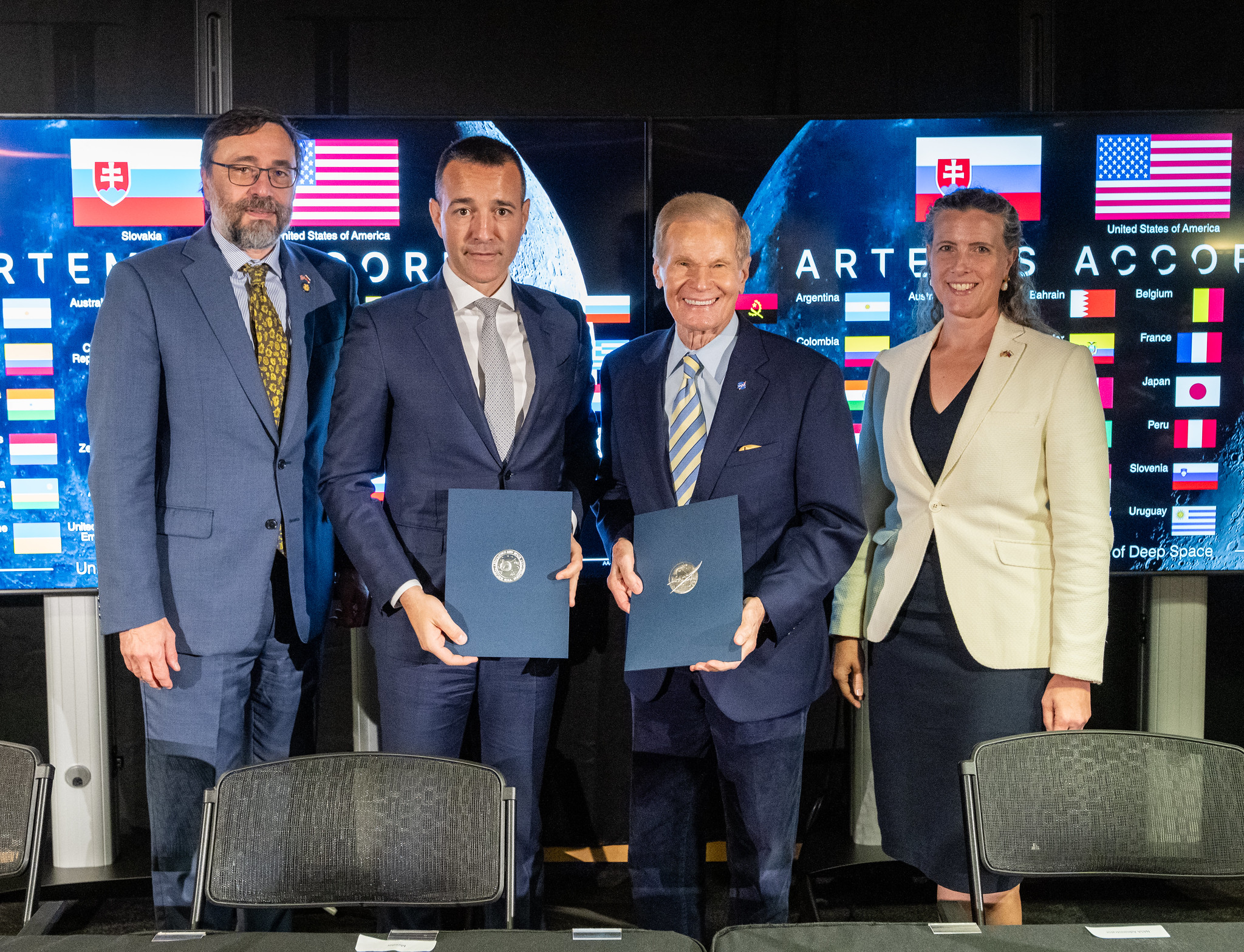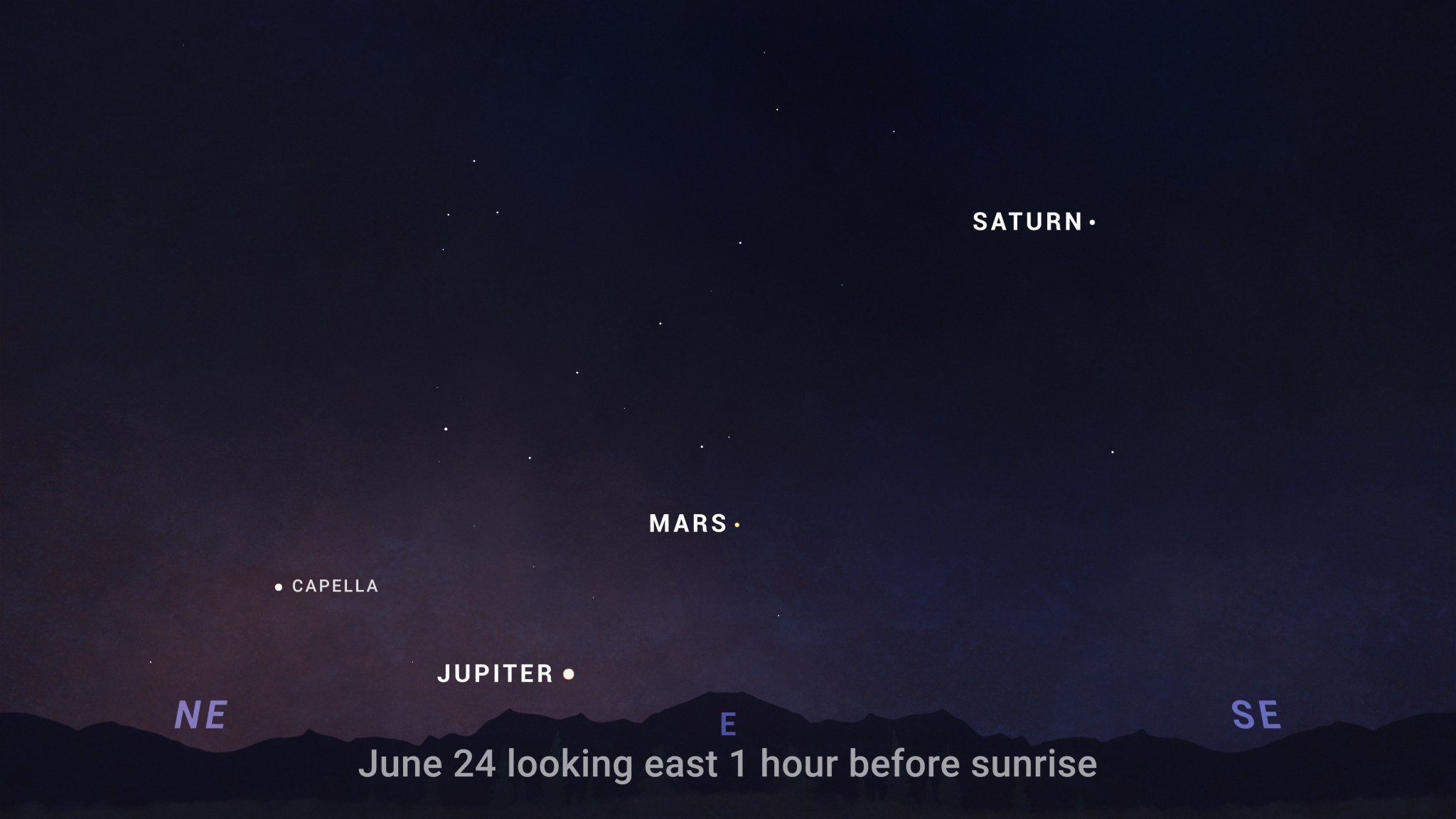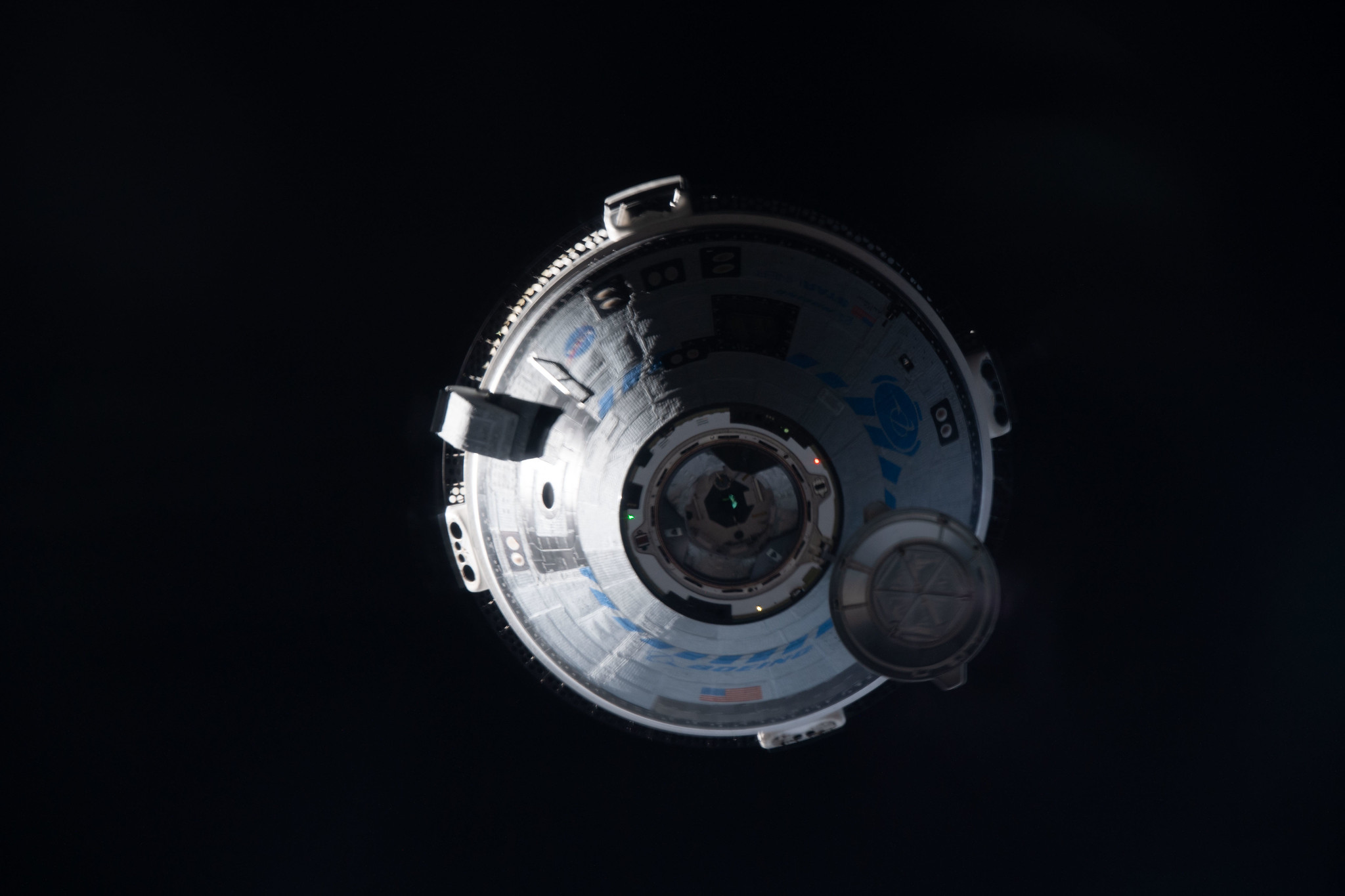An external high-definition camera on the International Space Station captured this image of Hurricane Idalia at 11:35 a.m. Eastern Time on Aug. 29, 2023. Idalia was a category 1 storm over the Gulf of Mexico with sustained winds of 140 kilometers (85 miles) per hour, according to the National Hurricane Center. June 1 marks the beginning of the 2024 hurricane season in the Atlantic Ocean.
Read MoreSpace Station Research Advances NASA’s Plans to Explore the Moon, Mars
4 Min Read Space Station Research Advances NASA’s Plans to Explore the Moon, Mars The full moon is pictured as the International Space Station orbited 254 miles above the Pacific Ocean northeast of Guam. Credits: NASA Space, the saying goes, is hard. And the farther humans go, the harder it can get. Some of the challenges on missions to explore the Moon and Mars include preventing microbial contamination of these destinations, navigating there safely, protecting crew members and hardware from radiation, and maintaining and repairing equipment. Research on the International…
Read MoreWatch Rocket Lab launch shoebox-sized NASA climate satellite tonight
Rocket Lab will launch the second of two cubesats for NASA’s PREFIRE climate change mission tonight (May 31), and you can watch the action live. An Electron rocket topped with the tiny satellite is scheduled to lift off from Rocket Lab‘s New Zealand site tonight at 11:00 p.m. EDT (0300 GMT and 3:00 p.m. New Zealand time on June 1). Rocket Lab will livestream the liftoff, beginning about 30 minutes before launch. Space.com will carry the feed if, as expected, Rocket Lab makes it available. Related: NASA’s twin spacecraft will…
Read MoreMassive, magnetic stars beyond the Milky Way detected for the 1st time
For the first time, astronomers have detected the magnetic fields of massive, blazingly hot stars outside our galaxy. They’re stars that actually live in our galactic companions, the Large Magellanic Cloud (LMC) and the Small Magellanic Cloud (SMC). Discovering stellar magnetism in these satellite galaxies of the Milky Way, both of which have a large population of young stars, offers scientists a unique chance to study actively forming stars. It could also answer the question of how much mass a star can pile on before it loses stability. Magnetism is…
Read MoreNASA’s X-59 ‘quiet’ supersonic jet passes key safety review ahead of 1st test flight
NASA’s new X-59 supersonic jet has successfully completed its Flight Readiness Review, marking a pivotal step towards its first flight. The review, conducted by independent experts from across NASA, evaluated the project team’s approach to safety for the public and staff during ground and flight testing, as well as the team’s analysis of hazards that may arise. In turn, the review provides valuable insights and recommendations to the X-59 team as they prepare for further analysis ahead of the jet’s maiden flight. “It’s not a pass-fail,” Cathy Bahm, NASA’s Low…
Read MoreHubble Views the Lights of a Galactic Bar
2 min read Hubble Views the Lights of a Galactic Bar This Hubble Space Telescope image reveals details in the barred spiral galaxy NGC 4731. ESA/Hubble & NASA, D. Thilker This new image from the NASA/ESA Hubble Space Telescope shows the broad and sweeping spiral galaxy NGC 4731. It lies in the constellation Virgo and is located 43 million light-years from Earth. This highly detailed image uses data collected from six different filters. The abundance of color illustrates the galaxy’s billowing clouds of gas, dark dust bands, bright pink star-forming…
Read MoreNASA Welcomes Slovakia as New Artemis Accords Signatory
From left to right, Ambassador of the Slovak Republic to the United States Radovan Javorcik, Slovak Republic Minister of Education, Research, Development, and Youth Tomáš Drucker, NASA Administrator Bill Nelson, and United States Department of State Deputy Assistant Secretary for the Bureau of European and Eurasian Affairs Sonata Coulter pose for a photo during an Artemis Accords signing ceremony, Thursday, May 30, 2024, at the Mary W. Jackson NASA Headquarters building in Washington. Slovakia is the 42nd country to sign the Artemis Accords, which establish a practical set of principles…
Read MoreWhat’s Up: June 2024 Skywatching Tips from NASA
Planets rule the a.m., and what’s that bright light? Saturn and Mars meet up with the Moon, Jupiter returns at dawn, and tips for identifying some common objects seen in the sky. Highlights All month – All the planetary action continues to be in the morning sky, with Saturn and Mars rising in the early morning hours. They are joined later in the month by Jupiter. June 2 – In the hour before sunrise, reddish Mars hangs just beneath the crescent Moon. Find the pair low in the east with…
Read MoreNASA Updates Coverage for Boeing’s Starliner Launch, Docking
Boeing’s CST-100 Starliner crew ship approaches the International Space Station on the company’s Orbital Flight Test-2 mission before automatically docking to the Harmony module’s forward port. NASA will provide live coverage of prelaunch and launch activities for the agency’s Boeing Crew Flight Test, which will carry NASA astronauts Butch Wilmore and Suni Williams to and from the International Space Station. Launch of the ULA (United Launch Alliance) Atlas V rocket and Boeing Starliner spacecraft is targeted for 12:25 p.m. EDT Saturday, June 1, from Space Launch Complex-41 at Cape Canaveral…
Read MoreWebb Spots a Starburst
Featured in this new image from the NASA/ESA/CSA James Webb Space Telescope is the dwarf galaxy NGC 4449. This galaxy, also known as Caldwell 21, resides roughly 12.5 million light-years away in the constellation Canes Venatici. NGC 4449 has been forming stars for several billion years, but it is currently experiencing a period of star formation at a much higher rate than in the past. Such unusually explosive and intense star formation activity is called a starburst and for that reason NGC 4449 is known as a starburst galaxy. Starbursts…
Read More